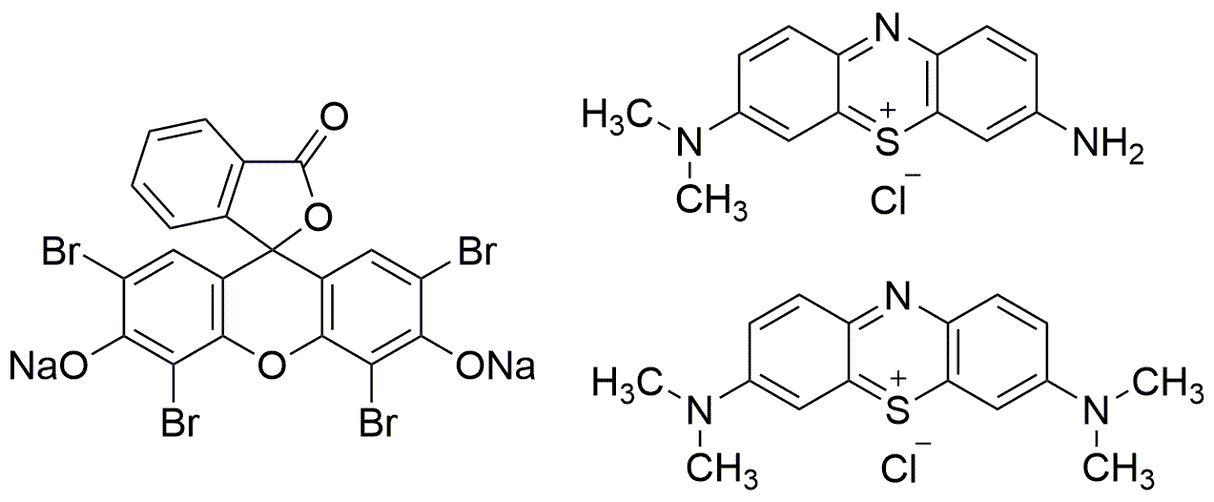Tetrachrome Stain (MacNeal) is widely utilized in research focused on:
- Histology and Pathology: This stain is essential for visualizing cellular structures in tissue samples, enhancing contrast in microscopy, and aiding in the diagnosis of diseases such as cancer.
- Microbiology: It is used to differentiate bacterial species in clinical samples, allowing for more accurate identification and treatment options.
- Pharmaceutical Development: Researchers employ this stain to assess the efficacy of drug formulations by observing cellular responses to various compounds.
- Environmental Science: The stain helps in studying the effects of pollutants on cellular structures in aquatic organisms, contributing to ecological assessments.
- Forensic Science: It is applied in forensic investigations to highlight biological samples, aiding in the identification of substances in crime scene analysis.
General Information
Properties
Safety and Regulations
Applications
Tetrachrome Stain (MacNeal) is widely utilized in research focused on:
- Histology and Pathology: This stain is essential for visualizing cellular structures in tissue samples, enhancing contrast in microscopy, and aiding in the diagnosis of diseases such as cancer.
- Microbiology: It is used to differentiate bacterial species in clinical samples, allowing for more accurate identification and treatment options.
- Pharmaceutical Development: Researchers employ this stain to assess the efficacy of drug formulations by observing cellular responses to various compounds.
- Environmental Science: The stain helps in studying the effects of pollutants on cellular structures in aquatic organisms, contributing to ecological assessments.
- Forensic Science: It is applied in forensic investigations to highlight biological samples, aiding in the identification of substances in crime scene analysis.
Documents
Safety Data Sheets (SDS)
The SDS provides comprehensive safety information on handling, storage, and disposal of the product.
Product Specification (PS)
The PS provides a comprehensive breakdown of the product’s properties, including chemical composition, physical state, purity, and storage requirements. It also details acceptable quality ranges and the product's intended applications.
Certificates of Analysis (COA)
Search for Certificates of Analysis (COA) by entering the products Lot Number. Lot and Batch Numbers can be found on a product’s label following the words ‘Lot’ or ‘Batch’.
*Catalog Number
*Lot Number
Certificates Of Origin (COO)
This COO confirms the country where the product was manufactured, and also details the materials and components used in it and whether it is derived from natural, synthetic, or other specific sources. This certificate may be required for customs, trade, and regulatory compliance.
*Catalog Number
*Lot Number
Safety Data Sheets (SDS)
The SDS provides comprehensive safety information on handling, storage, and disposal of the product.
DownloadProduct Specification (PS)
The PS provides a comprehensive breakdown of the product’s properties, including chemical composition, physical state, purity, and storage requirements. It also details acceptable quality ranges and the product's intended applications.
DownloadCertificates of Analysis (COA)
Search for Certificates of Analysis (COA) by entering the products Lot Number. Lot and Batch Numbers can be found on a product’s label following the words ‘Lot’ or ‘Batch’.
*Catalog Number
*Lot Number
Certificates Of Origin (COO)
This COO confirms the country where the product was manufactured, and also details the materials and components used in it and whether it is derived from natural, synthetic, or other specific sources. This certificate may be required for customs, trade, and regulatory compliance.

